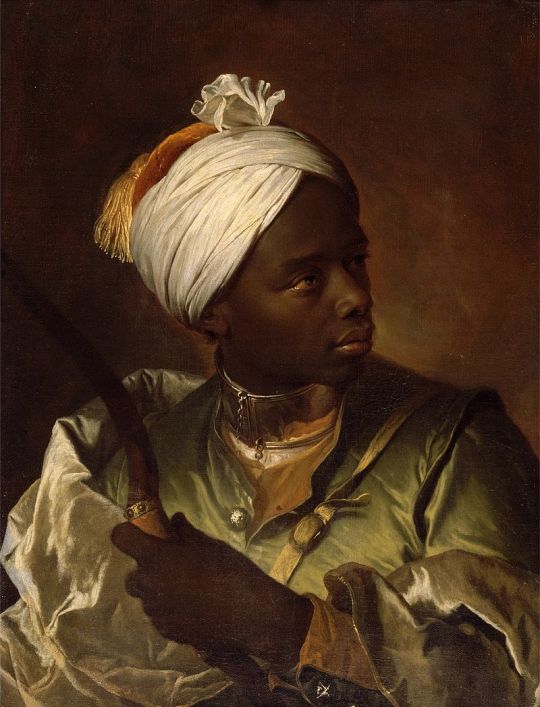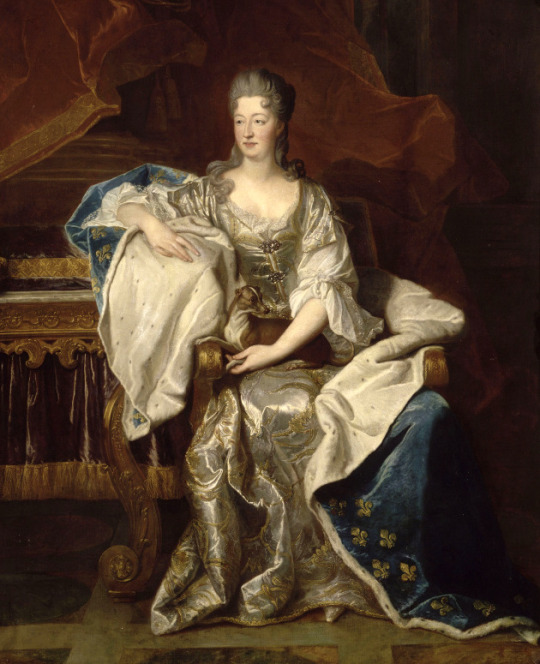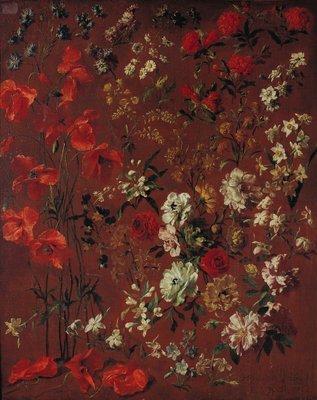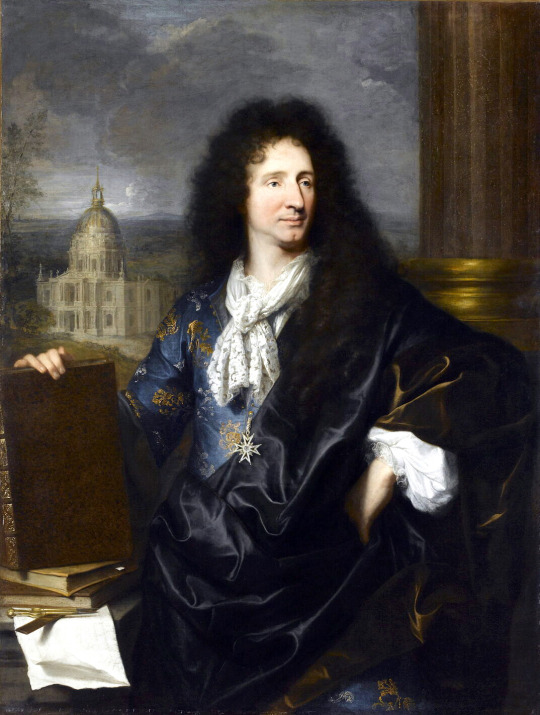#Hyacinthe Rigaud
Explore tagged Tumblr posts
Text

Portrait of a Young African Man with a Bow (1720) by Hyacinthe Rigaud
#Portrait of a Young African Man with a Bow#1720#1700s#Hyacinthe Rigaud#art#portrait#painting#Miss Cromwell
246 notes
·
View notes
Text

Hyacinthe Rigaud (After) - Portrait of Louis XIV
13 notes
·
View notes
Text

Hyacinthe Rigaud
#hyacinthe rigaud#christ#crucifixion#art#artwork#fine art#fineart#painting#art history#history of art
24 notes
·
View notes
Text

Portrait of Madame Grimod de La Reynière, née Marie-Madeleine Mazade (1716–1773), half-length, in a blue velvet cloak and holding a costume mask (detail)
Hyacinthe Rigaud
26 notes
·
View notes
Text

ab. 1696 Hyacinthe Rigaud - Konstanty Władysław Sobieski
(Museum of King John III’s Palace at Wilanów)
99 notes
·
View notes
Text

Portrait of Louis V of France as a five-year-old King in the French coronation robes, by Hyacinthe Rigaud (1659–1743)
7 notes
·
View notes
Text

Marie-Anne de Bourbon (1666-1739). Atelier de Hyacinthe Rigaud.
#hyacinthe rigaud#royaume de france#maison de bourbon#marie anne de bourbon#mademoiselle de blois#blois#fils et filles de france#fille de france#royal bastards#fille légitimée#fils et filles de louis xiv#princesse de conti#bourbon conti#maison de conti#duchesse de La Vallière#duchesse de Vaujours#kingdom of france#house of bourbon
8 notes
·
View notes
Text

Christ Atoning on the Cross (Hyacinthe Rigaud, 1695)
18 notes
·
View notes
Text
not me (art student and Baroque period lover) finding out that the official portraitist of Louis XIV (who painted the cunty Louis XIV full body portrait) was Hyacinthe Rigaud at the age of 21 when I am literally from Perpignan
0 notes
Video
youtube
Hyacinthe Rigaud | ritratto di Luigi XIV
#youtube#arte#artesplorando#storia dell'arte#esplorazione#divulgazione#artesplorazioni#audioquadri#hyacinthe rigaud
0 notes
Text

Hyacinthe Rigaud (After) - Portrait of Louis XIV (1638-1715)
4 notes
·
View notes
Photo

Study of Flowers by Hyacinthe Francois Rigaud (1720, Öl auf Leinwand)
#art#artwork#kunst#kunstwerk#hyacinthe francois rigaud#artist#künstler#floral art#florale kunst#flora#plants#pflanzen#flowers#blumen#study of flowers#poppies#mohnblumen#daisies#gänseblümchen#daffodils#narzissen#roses#rosen#types of flowers#botany#botanik#colors#farben#red#rot
13 notes
·
View notes
Photo

Hyacinthe Franois Honor Rigaud - Self-Portrait,1696
37 notes
·
View notes
Photo

1685 Hyacinthe Rigaud - Jules Hardouin Mansart
(Louvre Museum)
116 notes
·
View notes
Text

6 notes
·
View notes
Text

Portrait of a Lady aa Pomona
Artist: Jean Ranc (French, 1674–1735)
Date: c. 1715
Medium: Oil on canvas
Collection: Nationalmuseum, Stockholm, Sweden
Marguerite Elisabeth Rigaud as Pomona
Marguerite Elisabeth Rigaud, daughter of Gaspard Rigaud, niece of Hyacinthe Rigaud and wife of Jean Ranc.
#portrait#lady#costume#oil on canvas#basket#grapes#painting#fine art#marguerite elisabeth rigaud#pomona#garden#french culture#jean ranc#horizon#oil painting#french painter#french art#18th century painting#artwork
13 notes
·
View notes